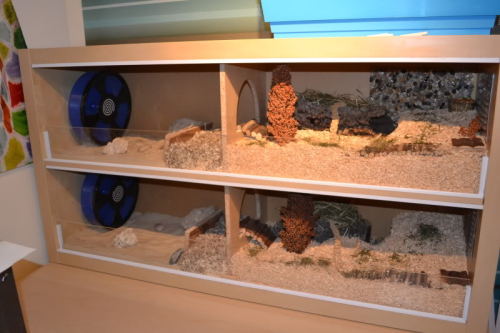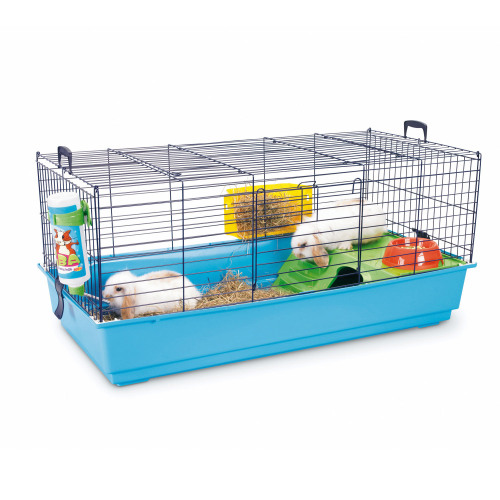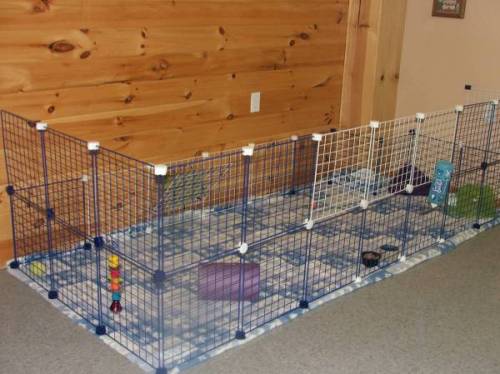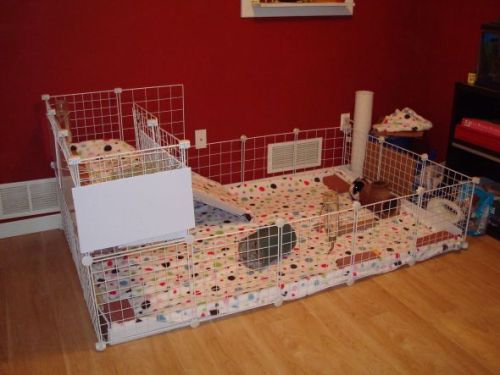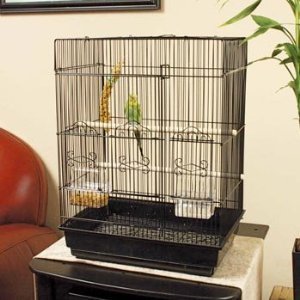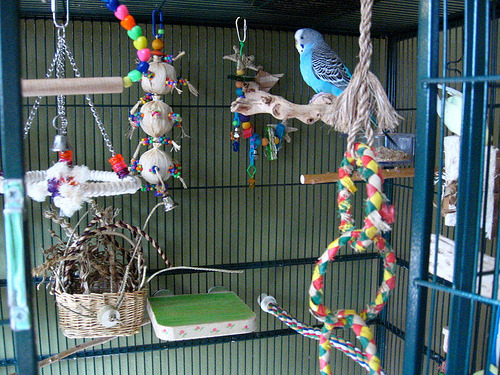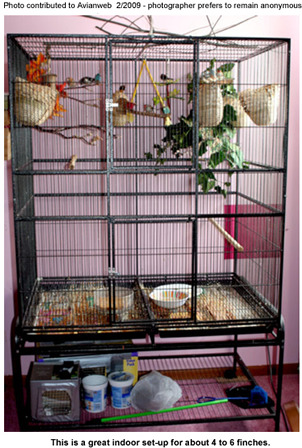parrotchatter:macchabee:scalestails:What people thank an animal should be kept in and what the anima
parrotchatter:macchabee:scalestails:What people thank an animal should be kept in and what the animal actually should be kept in. (click the pictures)Not based on personal preference, but observable fact. An animal kept in an environment that is too small is unhappy and stressed. This can absolutely lead to a short miserable life.I see a lot of people, virtually every day, who have these preconceived notions about what an animal can live in. A hamster lives in a hamster cage of course, because the happy little hamster on the box says so! This cage is for finches, they even keep them in it at the store! My friend had a rabbit and it lived in that cage so I’ll get that one. This sort of dangerous socially accepted neglect is not just limited to bettas and goldfish. Mammals and birds are subject to it as well.What people don’t realize is that almost all commercial or common cages are completely unacceptable as homes for what they are marketed for. Those guinea pig/rabbit cages? Garbage. Those tiny finch cages? Torture. That cute technicolor hamster cage? A gimmick.All animals need a certain amount of space for enrichment and general well being. That does not mean the cages someone is trying to sell you. It means the cages that are best.And to all those people who are thinking “Well I had a hamster in a cage that size and it was fine.”Stop.You have only observed your animal. You have only observed the animal in a confined space and most likely showing signs of distress or behavioral problems. But you interpreted it as normal because that is all you know. You haven’t seen rabbits in appropriate sized cages. You haven’t seen parakeets in appropriate cages. You haven’t seen a hamster who is happy.Signs and symptoms of cruelly confined hamsters. (The same applies to mice, gerbils, and rats):Biting the cage barsObsessive digging“Laziness” (lack of foraging/exploring)AggressionPacingRunning in circlesObesitySigns and symptoms of cruelly confined rabbits:Biting the cage barsRunning in circlesBouncing off the cage wallsAggression, irritability when being heldCage aggressionConstantly banging toys/decor aroundObesity“Laziness”Signs and symptoms of cruelly confined guinea pigsBiting the cage barsBanging their water bottle on the side of the enclosure constantlyAggression tword other guinea pigs or youObesity“Laziness”Signs and symptoms of cruelly confined parakeetsFeather pluckingAggression to other parakeetsPacingObesityRepetitive behaviors (constant singing into a corner, going from the same perch to the same perch over and over again)FearfulnessSigns and symptoms of cruelly confined finchesAggression to other finchesFlight tracing: Going from one perch to another in the exact same spot the exact same way over and over againObesityAnimals are more complex than people give them credit for. They to do all of the natural behaviors they’re built to do. Exploring, foraging, playing, hiding, interacting (or not interacting) with another animal, etc. All of this is taken from them in cages like the ones above.People need to educate themselves about an animal before getting one. It’s a thought that’s been said a million times over and yet nobody actually does it. The reality is people who want a hamster/guinea pig/rabbit are not going to sit down and read ten articles and three books waiting 2 months while they set everything up unless they are already enthusiasts who are willing to put that much into their pets. I can say from experience that over 80% of the people who buy pets buy them to make their kids happy with no regard to what the animal needs. What is most important to them is getting a present for their child regardless of any consequences that decision comes with.So we have to try and get this information out there. We have to try and make THIS the general knowledge about these animals.Resources and very good reads for anyone who has or wants any of the animals listed here. I’ll add more when I find them.Rabbits: X X X Guinea pigs: X Hamsters: X X X Finches: XParakeets: X VERY IMPORTANTIt’s the same with fish. Fish get stuck into tiny bowls with no plants or hiding spaces, its just awful.Important reminder. Having time to play outside of their enclosure is also VERY important. And remember, you can never have an enclosure that is too big! SO important, please research proper animal care, even if you think you “know” how to take care of an animal! also, adding on about rats, something like this is best, especially if it’s accessorized with plenty of hammocks, hiding holes and toys (rats love bird toys and other toys that stimulate them mentally!). with animal cages, ALWAYS go larger than you think you need to. it’s better for an animal to have a lot of space to run around and play than almost none. -- source link
Tumblr Blog : scalestails.tumblr.com
#animal care

